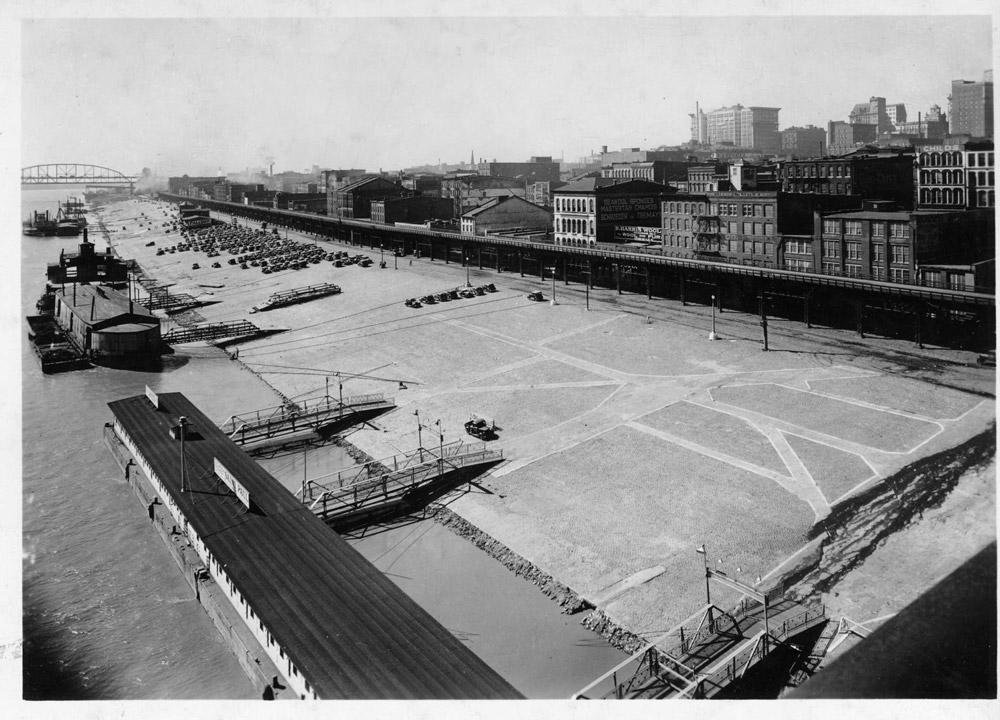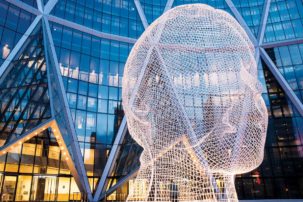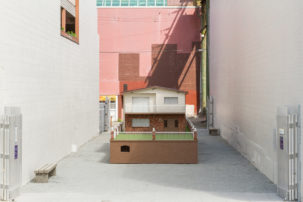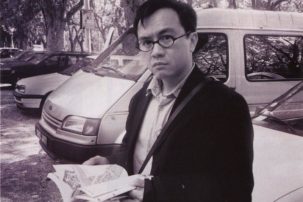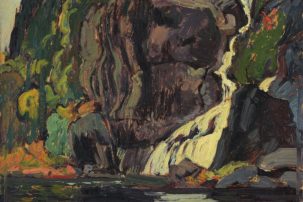It has been four months since my move to Philadelphia. I have been inundated with work at the University of Pennsylvania. Thankfully, the workload is becoming more manageable as my administrative role becomes more clearly defined. Punctuating my time on campus have been trips to St. Louis, New Orleans, Chicago and New York for art-related projects.
While in St. Louis, I was struck by the former grandeur of the city evident in its massive Union Station (now a Doubletree by Hilton), Forest Park (where the Louisiana Purchase Exposition of 1904 took place), and many neighbourhoods boasting opulent mansions built in the latter half of the 19th and early 20th centuries.
St. Louis is also home to one of the most aesthetically beautiful public monuments in the United States: the Gateway Arch by Eero Saarinen. The arch is located on the waterfront of the city and faces both the Mississippi River and the state of Illinois. Its ethereal beauty masks a fraught history that includes the razing of 90 acres of the original street grid and portland area. The burghers of the city had deemed this area a blight, even though it constituted a vibrant neighbourhood for many working poor inhabitants. The destruction of their neighbourhood was total: only a single cathedral was left standing when the arch was completed.
To experience the arch today is to experience a landscape void of the human activities that defined it prior to the 1930s. The arch looms up like an enormous tombstone marking a grave travesty of dispossession and displacement. It haunts the city with its long and curving shadow.
I experienced a haunting of a different kind during my trip to New York a month later.
I had left my hotel room in Chelsea to go for dinner when it felt as though someone familiar was watching me. The feeling was so strong that I stopped in the street and looked about me. When I began to retrace my steps, I was startled to see a backlit photograph of my grandmother inside the foyer of the UNITE HERE headquarters.
UNITE is an acronym for the Union of Needletrades, Industrial and Textile Employees and HERE is an acronym for the Hotel Employees and Restaurant Employees International Union. My grandmother was part of the International Ladies’ Garment Workers’ Union that merged with the Amalgamated Clothing and Textile Workers Union to form UNITE in 1995. She led a hard life, moving from China to New York in the early 1960s, living with her family of six in a tiny apartment in a cockroach-infested tenement building in the Lower East Side, working in a Chinatown sweatshop, and passing away in 2005 at the age of 91.
It is difficult to know when the photograph of her was taken, but it looks as though she is in her late 60s or early 70s. She is depicted seated behind a sewing machine and wearing a favorite herringbone vest that she made and wore often.
The portrayal of my grandmother in such a calm and isolated manner buries the hellish reality of what it was like to work in the sweatshop that she did. I remember going there with her as a boy and finding it almost impossible to breathe without a mask due to all of the lint in the air. The air was intensely hot and humid, and the powerful electric fans providing relief did so at the cost of a loud and constant din. I remember seeing young mothers sewing with babies strapped to their backs while toddlers stood about idly, waiting for their mothers to finish their shifts.
The photograph of my grandmother (much like the Gateway Arch) made me think about the struggles of the living and the refusal of the dead to simply stay put.
I had my first solo exhibition in New York at Gallery Nature Morte at around the same time that my grandmother was photographed for the image that now hangs at UNITE HERE. She surprised me at the opening by attending. I was chatting with some attendees when I heard her calling out my name in Cantonese. She was obscured by a crowd that had quickly formed around her near the entrance to the gallery.
She must have seemed like a novelty to this crowd, which was unaccustomed to encountering such a woman in this context. I could not believe that my grandmother (who spoke not a word of English) had managed to navigate herself from Chinatown to the East Village. I later learned that she had done so by showing the invitation card to strangers who simply pointed in the direction that she should go.
As I stood in the gallery in a state of disbelief, the crowd suddenly parted and my grandmother walked over to me. “What’s all this? Who are all these people?” she asked in Cantonese. I was speechless for a moment and then quickly responded in Cantonese. I felt a tremendous tenderness toward my grandmother. But I also felt utterly unmasked. I was unprepared for such a dramatic collision of worlds whereby an integral part of my identity (as exemplified by my grandmother) was put on view.
Every visit is an occasion to revisit. To be revisited by my grandmother as I was last month in New York was painful. Her presence reminded me that the past is always with us regardless of whether we choose to see it or not.

